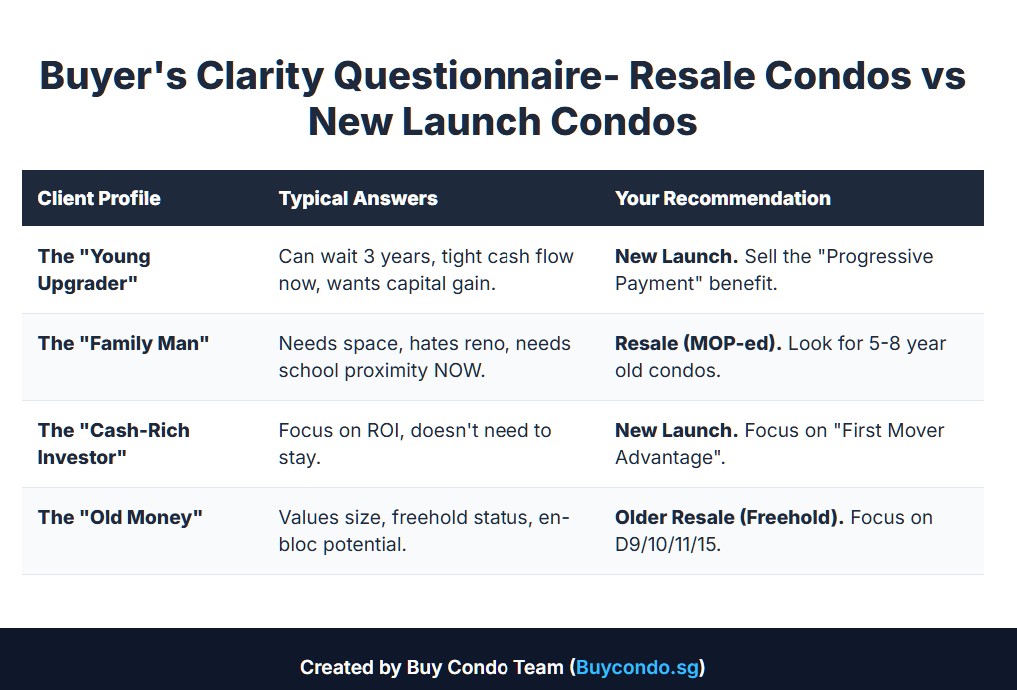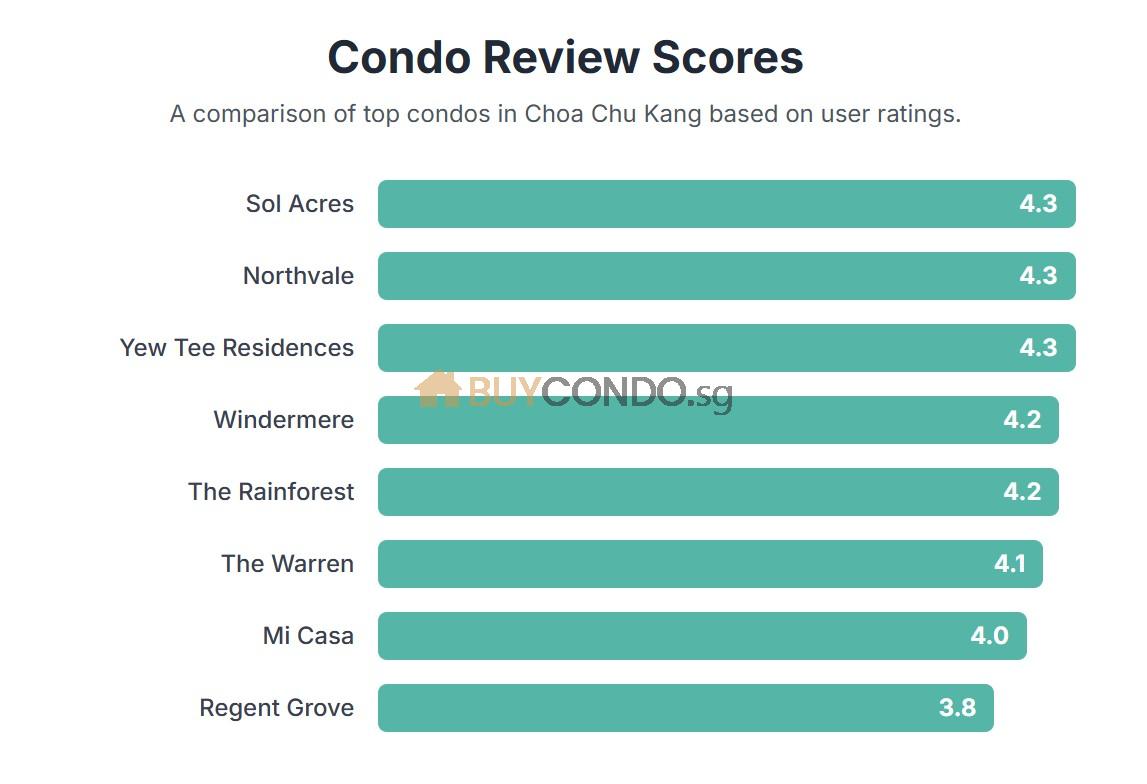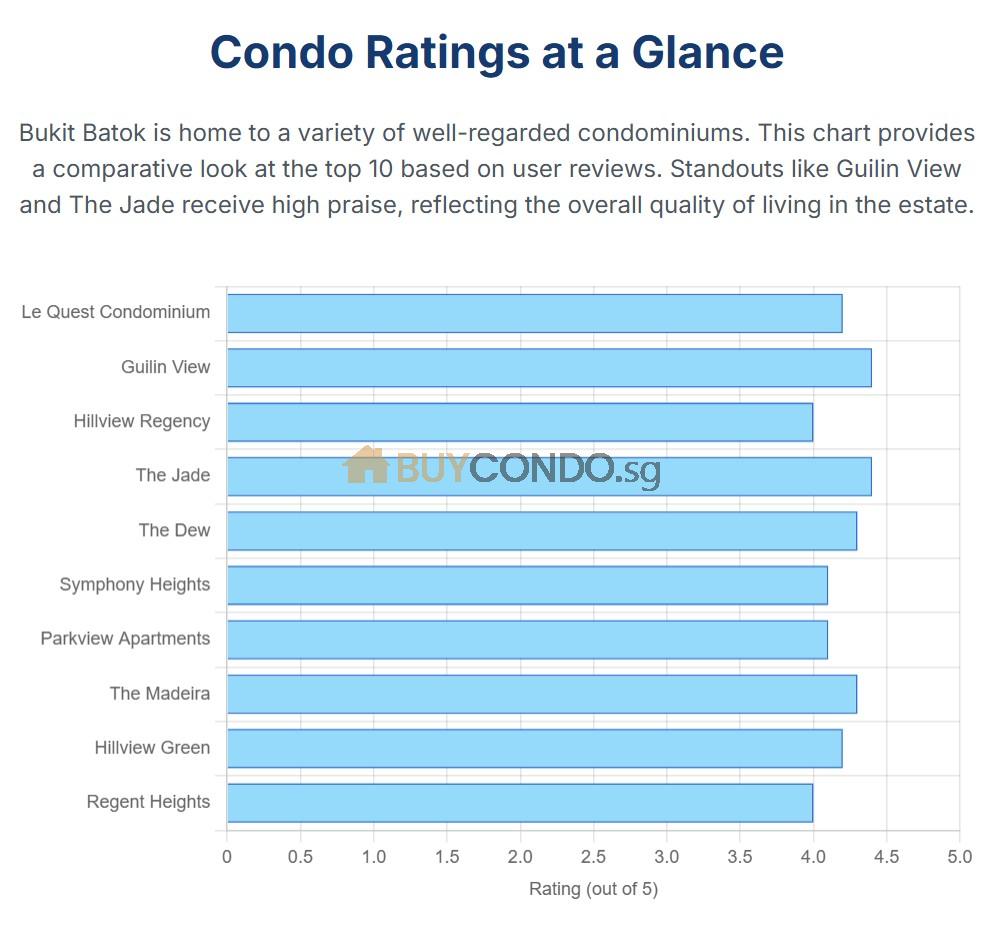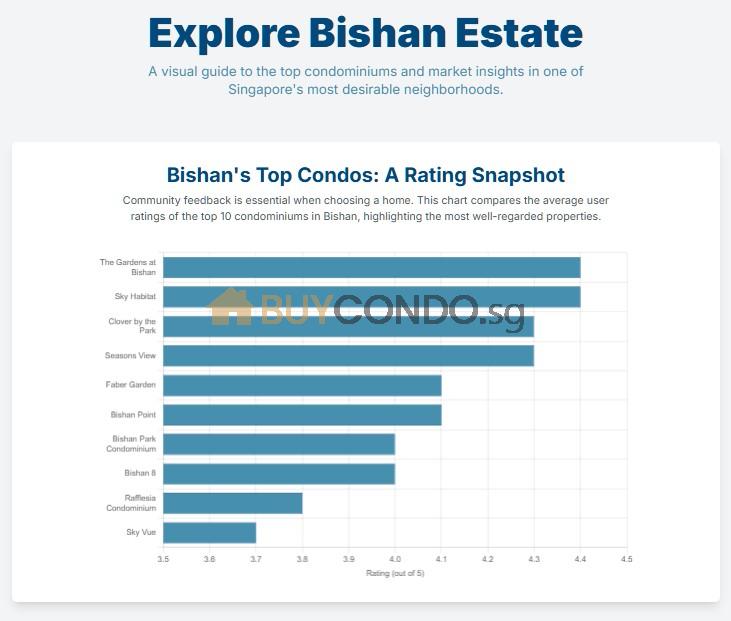HUDC Flats in Singapore
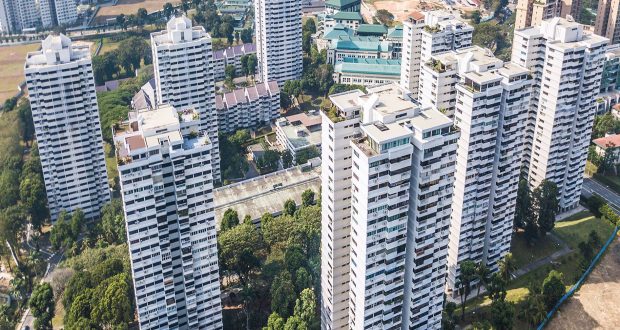
Introduction
Singapore is a city known for its soaring skyscrapers and modern infrastructure, but amidst this urban landscape, there exists a unique and cherished housing option known as HUDC (Housing and Urban Development Company) flats. These flats hold a special place in the hearts of many Singaporeans, as they have been an essential part of the nation’s public housing history. In this article, we will delve into the significance of HUDC flats, their impact on the “sandwich class,” and why they are truly the “OG” (Original Gangsta) public housing of Singapore.
1. The Genesis of HUDC Flats
In the late 1970s, Singapore was experiencing rapid urbanization, and the demand for affordable housing was at an all-time high. To bridge the gap between public and private housing, the government introduced HUDC flats. These flats were initially intended for the “sandwich class” – individuals who were not eligible for public housing but found private property prices beyond their reach.
2. The Appeal of HUDC Flats
HUDC flats quickly gained popularity due to their larger size and improved amenities compared to standard public housing. They provided a sense of exclusivity while still being relatively affordable, making them a desirable choice for the middle-income population.
3. Community Spirit and Bonding
One of the unique aspects of HUDC flats was the strong sense of community they fostered. Unlike high-rise private condominiums, these developments encouraged interaction among residents. Neighbours knew each other by name, and the communal spaces often became venues for social gatherings and celebrations.
4. Nostalgia and Sentimentality
For many long-time Singaporeans, HUDC flats evoke a strong sense of nostalgia. They represent a bygone era when life was simpler and communities were tightly-knit. The memories of growing up or raising families in these flats are cherished by those who call them home.
5. The Sandwich Class: Who Are They?
The term “sandwich class” refers to a group of people who find themselves squeezed between the high-income and lower-income segments of society. They earn too much to qualify for public housing subsidies but struggle to afford private property. HUDC flats addressed the housing needs of this often-overlooked group.
6. The Changing Landscape
As Singapore’s urban landscape continued to evolve, so did the housing options. With the introduction of executive condominiums and various public housing schemes, the demand for HUDC flats dwindled, leading to their eventual privatisation.
7. Privatisation of HUDC Flats
In 1995, the government introduced plans to privatise HUDC with at least 75% approval votes from the owners. This move brought mixed emotions; while it offered financial gains to homeowners, it also meant the loss of the unique HUDC identity and its community spirit. The first HUDC to be privatised was Amberville in Katong, with the last being Braddell View in 2017, comprising 918 flats and two shops, which is the largest of 18 HUDC estates.
8. The “OG” Public Housing
Despite the changes, HUDC flats remain the “OG” public housing in Singapore. They have left an indelible mark on the nation’s housing history and continue to be a symbol of resilience and progress.
9. The HUDC Legacy Lives On
Though the physical presence of HUDC flats may be diminishing, their legacy lives on in the hearts of those who experienced the warmth of their communities and the sense of belonging they offered.
10. FAQs
Q1: Can I still buy a HUDC flat?
A1: No, the privatisation process is complete, and HUDC flats are no longer available as public housing options.
Q2: What makes HUDC flats unique?
A2: HUDC flats were known for their larger size, improved amenities, and strong community spirit.
Q3: Are there any preserved HUDC estates?
A3: While the majority of HUDC estates have been privatised, a few areas retain their historical significance.
Q4: Why did the demand for HUDC flats decline?
A4: The introduction of other housing options, such as executive condominiums, reduced the demand for HUDC flats.
Q5: Can I still find affordable housing in Singapore?
A5: Yes, there are various public housing schemes available, catering to different income groups.
Conclusion
HUDC flats in Singapore hold a special place in the hearts of many citizens. As the “OG” public housing, they provided a unique solution for the sandwich class, fostering a strong sense of community and belonging. While their physical presence may change, their legacy as a symbol of Singapore’s progress and inclusivity will live on. So let us cherish the memories and celebrate the impact of HUDC flats on the nation’s housing landscape. Read more on HUDC Flats in Singapore here – HUDC Flats
When considering value for money, Lakeview Estate and Braddell View are in a similar price range, ranging from $800 to $1000 per square foot (PSF). Both are potential candidates for en-bloc redevelopment, but the potential may be higher for Lakeview Estate due to its smaller land size, making it more attractive to developers.
Braddell View Buyers can refer to our below listing. The second hand condo is vacant and available for appointment, 3 Bedrooms, 1615 sqft – Braddell View.







